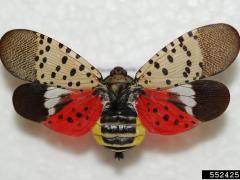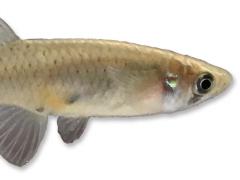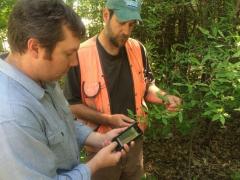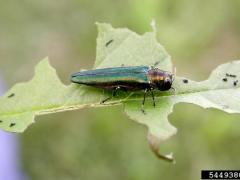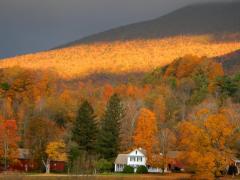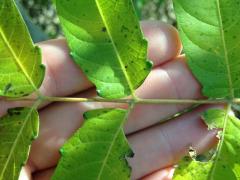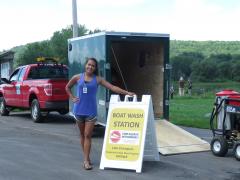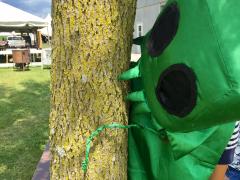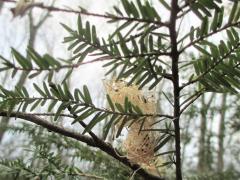Emerald Ash Borer Found in Vermont
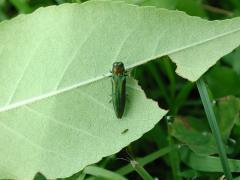
The Vermont Department of Forests, Parks & Recreation and the Vermont Agency of Agriculture, Foods & Markets report that emerald ash borer (EAB), a destructive forest insect from Asia, has been detected in Vermont. Officials with the USDA Animal & Plant Health and Inspection Service have confirmed the identification of a beetle recently found in northern Orange County, Vermont. The insect was reported through the vtinvasives.org website.
